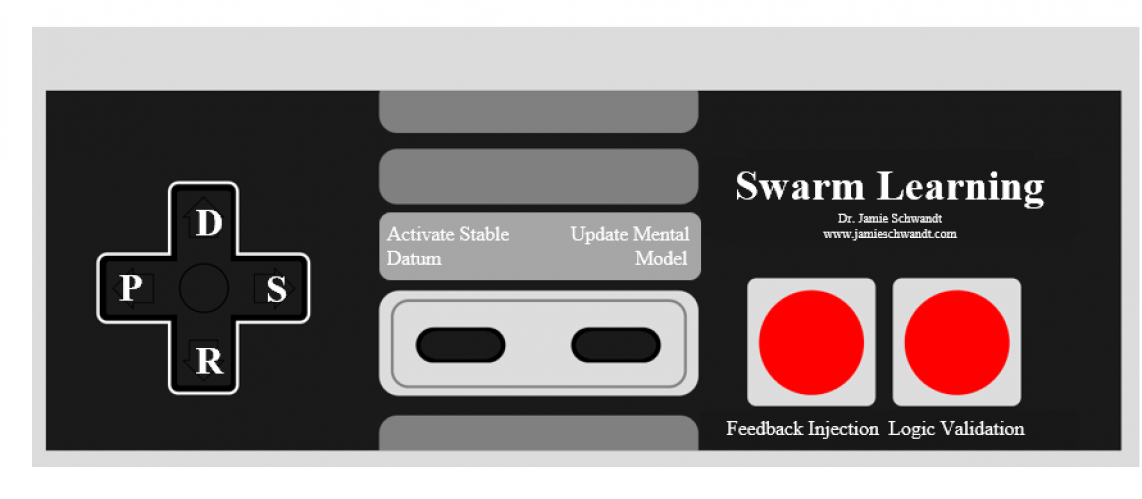Link to Thortspace Map: https://thort.space/444237003
- How have strategies evolved?: Strategies were previously used only during wars and conflicts between regions of the world. These conflicts appear to be the reason strategies were developed in the first place. The Romans designed war strategy that became the subject of essays due to the effectiveness of their military. In the Middle Ages, strategy was not as widely used, save for Genghis Khan who is still spoken about in history as a great conqueror. When the Industrial Revolution surfaced, strategy began to apply to more situations outside of military conflicts, leading to our use of strategy in many markets and companies today, as well as in our military.
- What is Strategic Management?: Strategic Management= creation, implementation & overall direction for a firm. It uses external and internal management functions to monitor implemented strategy in an organization.
- What is Strategy?: Strategy is a way to create a generalized formula that details a way for businesses to compete with others as well as work with others, set goals and establish policies to carry out the previously set goals.
- “plan”/ “guide” for the future
- Fundamentals of how an organization works
- Sneaky plan created to compete with other businesses, etc.
- What are the characteristics of strategy?: 1) Concerns organizations and the environment, 2) Complex, 3) Affects organization welfare, 4) Involves issues of content & process, 5) Not purely deliberate, 6) Exists on multiple levels, 7) Involves various thought processes, 8) Involves resource allocation, 9) Mission based
- Describe the Strategic Process.: It always starts with a plan to make a plan. This plan has a foundation in the organization’s values which leads to the creation of a mission for the plan and organization. The mission corresponds with the vision and they both lead to the development of strategies and objectives to achieve the mission. At this time, a gap analysis is performed to determine if anything missed could contribute to the strategies failing, and the environmental monitoring taking place will continue to evaluate the strategies being developed to ensure they would be efficient and effective. The official strategic plans are made operational and then implemented into the organization.
- What is the difference between Vision and Mission?: Visions focus on the desired future state of an organization, and Missions describe the current purpose and foundation of the organization.
- Vision: This focuses on the future and indicates what the organization wants to become. This describes outcomes that an organization wants to happen in the near future (5-10 years). This desired future has to be realistic.
- Mission: Foundation of strategic direction, necessary for an organization’s success. It dictates what the organization’s primary purpose is and reminds management why they do what they do. It depicts how an organization views its stakeholders.
Missions have content that is measurable, definable and actionable w/ emotional appeal. Missions show the competitive advantage that an organization may have and it usually specifies a demographic served by the organization.
- What are the components of a business model?: Customer Value, Inputs, Processes, Profitability
- What is the hospital business model?: Includes Customer Values, Inputs, Processes and Revenue Generation. Hospitals must constantly change their business model because they are including more components within the hospital: psychiatry, physical therapy, emergency/urgent care, etc.
- Explain the elements of evaluating an organizational environment.: It is important to evaluate the external environment because the healthcare system is very susceptible to these environments. Factors contributing to the external environment are: customers, competition, key referral sources, consumer perceptions, competitor capacity and price sensitivity. If these factors are changed, it can significantly change healthcare and how it functions.
- Describe the Five Forces Framework.: Used to understand competitive forces in the industry. These forces are: 1) the threat of new entrants, 2) threat of substitutes, 3) bargaining power of supplies, 4) bargaining of power of buyers, and 5) threat of rivalry.
- Organizations may be able to have a competitive advantage by exploiting weaknesses in one or more of these 5 strategies.
- What is a SWOT Analysis?: SWOT= Strengths, Weakness, Opportunities & Threats
- Analytic tool to evaluate an organization and its capabilities by letting all members of the organization assess strengths and weaknesses that they can see. This can help executives in the organization see what they need to work on.
- What is a value chain?: Uses a systems approach with two subsystems= service delivery & support activities. The support activities help service delivery by making sure there is a supportive environment and a service-oriented culture with an appropriate amount of resources, highly qualified staff and good IT services.
- Service delivery: divided into pre-service, point of service, and post-service.
- Support activities: organizational infrastructure, culture, resources and technology.

Great job!
I like how you connected your answers/concepts to one another in a triangle. I love that you added color to your map to help separate and identify certain concepts. It was a great idea to use different groups/points in history to review the strategy question. Great job!
Great Job Emma, I found using this instead of Plectica was a bit tougher and I did not like it as much, but you didnt seem to have an issue with it at all!
I had a hard time getting the software to open up and stay up. But really enjoyed how you arranged the concepts into triangles and used the arrows to connect everything.